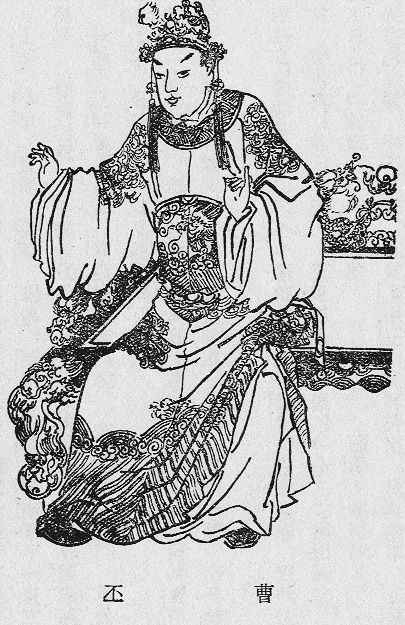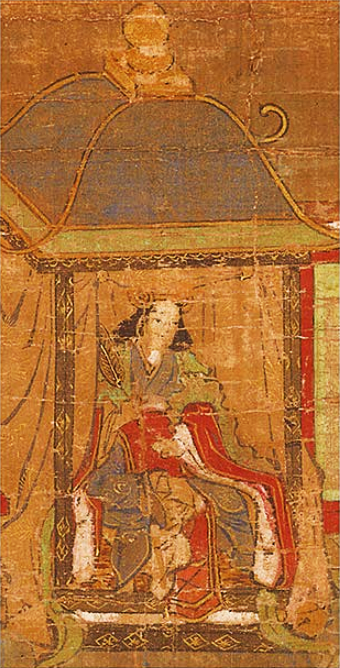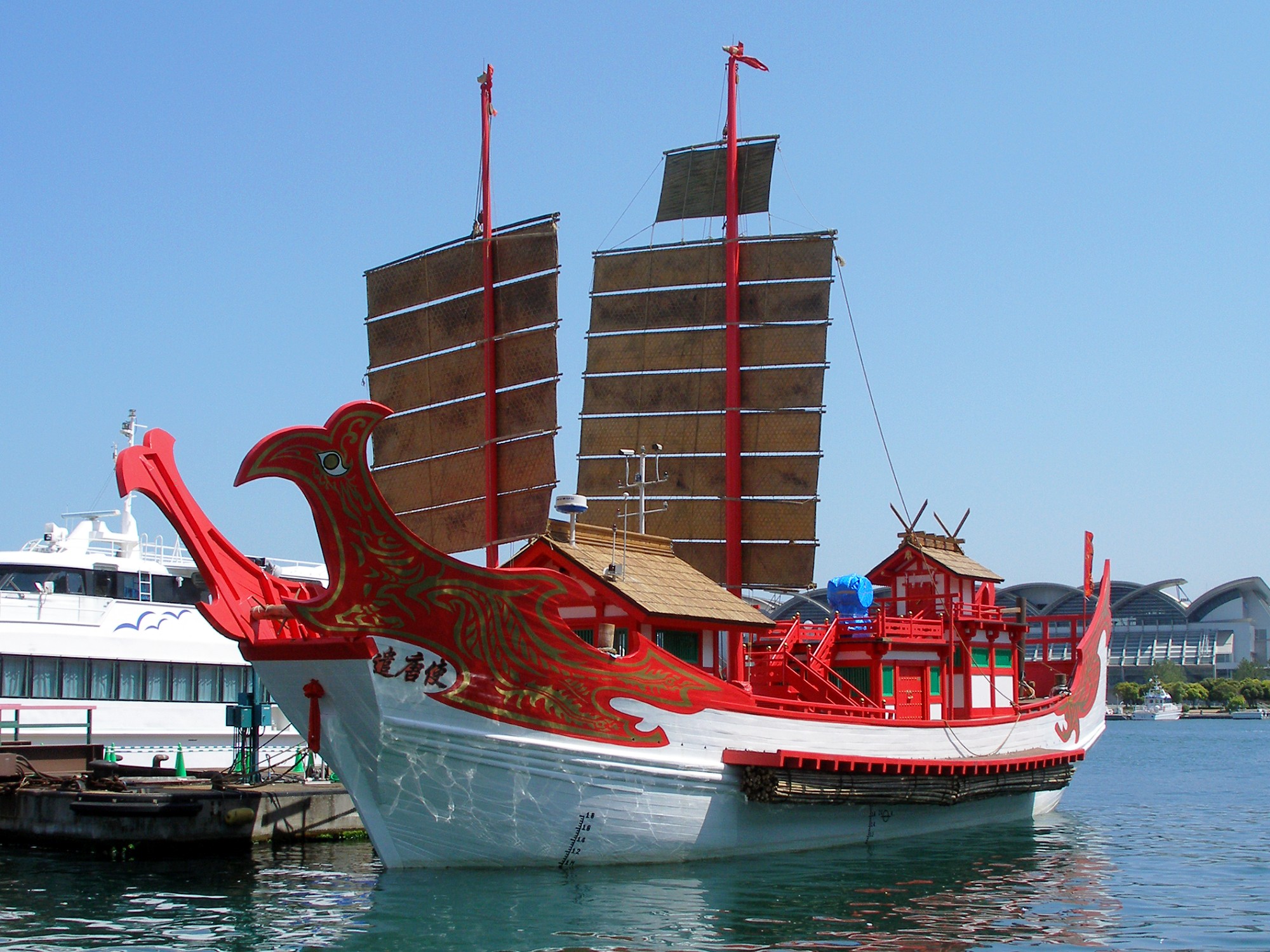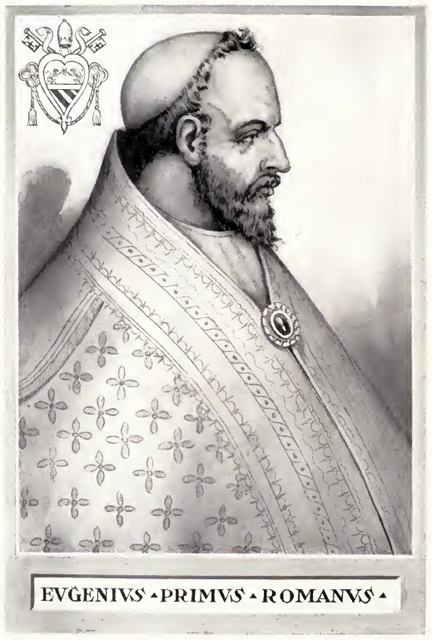|
Takamuko No Kuromaro
was a Japanese scholar and diplomat of the Asuka period. The Takamuko clan are descended from Cao Pi. Karumauro traveled to China with Ono no Imoko as ''kenzuishi'' representing Empress Suiko in 608.Nussbaum, "Kentōshi" at He remained in China for thirty-two years.Nussbaum, "Takamuko no Kuromaro (No Genri)" at Following his return in 640, he was awarded the title ''Kuni no hakase'' (国博士, "National Scholar"). Karumauro helped write the Taika Reforms in 645. He was sent again as an ambassador to China ('' kentōshi''). Takamuko died upon his arrival in Chang'an in 654. Notes References * Nussbaum, Louis Frédéric and Käthe Roth. (2005). ''Japan Encyclopedia''. Cambridge: Harvard University Press Harvard University Press (HUP) is a publishing house established on January 13, 1913, as a division of Harvard University, and focused on academic publishing. It is a member of the Association of American University Presses. After the retirem .... OCLC 48943301*Sansom, ... [...More Info...] [...Related Items...] OR: [Wikipedia] [Google] [Baidu] |
Asuka Period
The was a period in the history of Japan lasting from 538 to 710 (or 592 to 645), although its beginning could be said to overlap with the preceding Kofun period. The Yamato polity evolved greatly during the Asuka period, which is named after the Asuka region, about south of the modern city of Nara. The Asuka period is characterized by its significant artistic, social, and political transformations, having their origins in the late Kofun period. The introduction of Buddhism marked a change in Japanese society. The Asuka period is also distinguished by the change in the name of the country from to . Naming The term "Asuka period" was first used to describe a period in the history of Japanese fine-arts and architecture. It was proposed by fine-arts scholars and Okakura Kakuzō around 1900. Sekino dated the Asuka period as ending with the Taika Reform of 646. Okakura, however, saw it as ending with the transfer of the capital to the Heijō Palace of Nara. Although historians ge ... [...More Info...] [...Related Items...] OR: [Wikipedia] [Google] [Baidu] |
Cao Pi
Cao Pi () ( – 29 June 226), courtesy name Zihuan, was the first emperor of the state of Cao Wei in the Three Kingdoms period of China. He was the second son of Cao Cao, a warlord who lived in the late Eastern Han dynasty, but the eldest son among all the children born to Cao Cao by his concubine (later wife), Lady Bian. According to some historical records, he was often in the presence of court officials in order to gain their support. He was mostly in charge of defence at the start of his career. After the defeat of Cao Cao's rival Yuan Shao at the Battle of Guandu, he took Yuan Xi's widow, Lady Zhen, as a concubine, but in 221 Lady Zhen died and Guo Nüwang became empress. On 25 November 220, Cao Pi forced Emperor Xian, the last ruler of the Eastern Han dynasty, to abdicate in his favour, after which on 11 December 220 he proclaimed himself emperor and established the state of Cao Wei. Cao Pi continued the wars against the states of Shu Han and Eastern Wu, founded by his ... [...More Info...] [...Related Items...] OR: [Wikipedia] [Google] [Baidu] |
Ono No Imoko
was a Japanese politician and diplomat in the late 6th and early 7th century, during the Asuka period. Ono was appointed by Empress Suiko as an official envoy ( Kenzuishi) to the Sui court in 607 (Imperial embassies to China), and he delivered the famous letter from Japan's Prince Shōtoku which began "The Son of Heaven where the sun rises apan to the Son of Heaven where the sun sets hina may good health be with you." Emperor Yang was angered at being addressed in this way, although it is not clear whether he was angered more by the insult of Sui being referred to as the land of the setting sun, or by the use of Son of Heaven to refer both to himself and the emperor of Japan, hinting that they were equals, premodern China considered other Kingdoms to be nothing more than barbarian states and uneducated culture before the Huaxia ideology and any lands on the Earth's surface not engaged at the Sinocentric tributary system were called Huawai zhi di (化外之地; "lands outside ... [...More Info...] [...Related Items...] OR: [Wikipedia] [Google] [Baidu] |
Empress Suiko
(554 – 15 April 628) was the 33rd monarch of Japan, Imperial Household Agency (''Kunaichō'') 推古天皇 (33)/ref> according to the traditional order of succession. Suiko reigned from 593 until her death in 628. In the history of Japan, Suiko was the first of eight women to take on the role of empress regnant. The seven female sovereigns reigning after Suiko were Kōgyoku/Saimei, Jitō, Genmei, Genshō, Kōken/Shōtoku, Meishō and Go-Sakuramachi. Traditional narrative Before her ascension to the Chrysanthemum Throne, her personal name (her ''imina'') was Mikekashiya-hime-no-mikoto, also called Toyomike Kashikiya hime no Mikoto. Empress Suiko had several names including Princess Nukatabe and (possibly posthumous) Toyomike Kashikiya. She was a daughter of Emperor Sushun. Her mother was Soga no Iname's daughter, Soga no Kitashihime. Suiko was the younger sister of Emperor Yōmei. Life Empress Suiko was a consort to her half-brother, Emperor Bidatsu, but after Bid ... [...More Info...] [...Related Items...] OR: [Wikipedia] [Google] [Baidu] |
Taika Reforms
The were a set of doctrines established by Emperor Kōtoku (孝徳天皇 ''Kōtoku tennō'') in the year 645. They were written shortly after the death of Prince Shōtoku and the defeat of the Soga clan (蘇我氏 ''Soga no uji''), uniting Japan. The reforms also artistically marked the end of the Asuka period and the beginning of the Hakuhō period. Crown Prince Naka no Ōe (the future Emperor Tenji), Nakatomi no Kamatari, and Emperor Kōtoku jointly embarked on the details of the Reforms. Emperor Kōtoku then announced the era of " Taika" (大化), or "Great Reform". The Reform began with land reform, based on Confucian ideas and philosophies from Tang China, but the true aim of the reforms was to bring about greater centralization and to enhance the power of the imperial court, which was also based on the governmental structure of China. Envoys and students were dispatched to China to learn seemingly everything from the Chinese writing system, literature, religion, and archite ... [...More Info...] [...Related Items...] OR: [Wikipedia] [Google] [Baidu] |
Japanese Missions To Tang China
represent Japanese efforts to learn from the Chinese culture and civilization in the 7th, 8th and 9th centuries. The nature of these contacts evolved gradually from political and ceremonial acknowledgment to cultural exchanges; and the process accompanied the growing commercial ties which developed over time. Between 607 and 838, Japan sent 19 missions to China. Knowledge and learning was the principal objective of each expedition. For example: Priests studied Chinese Buddhism. Officials studied Chinese government. Doctors studied Chinese medicine. Painters studied Chinese painting. Approximately one third of those who embarked from Japan did not survive to return home.Hoffman, Michael "Cultures Combined in the Mists of Time: Origins of the China-Japan relationship,"''Asia Pacific Journal: Japan Focus.'' February 3, 2006; reprinting article in ''Japan Times,'' January 29, 2006. See also * Sinocentrism * Japanese missions to Sui China * Japanese missions to Ming China * ... [...More Info...] [...Related Items...] OR: [Wikipedia] [Google] [Baidu] |
Chang'an
Chang'an (; ) is the traditional name of Xi'an. The site had been settled since Neolithic times, during which the Yangshao culture was established in Banpo, in the city's suburbs. Furthermore, in the northern vicinity of modern Xi'an, Qin Shi Huang of the Qin dynasty, China's first emperor, held his imperial court, and constructed his massive mausoleum guarded by the Terracotta Army. From its capital at Xianyang, the Qin dynasty ruled a larger area than either of the preceding dynasties. The imperial city of Chang'an during the Han dynasty was located northwest of today's Xi'an. During the Tang dynasty, the area that came to be known as Chang'an included the area inside the Ming Xi'an fortification, plus some small areas to its east and west, and a substantial part of its southern suburbs. Thus, Tang Chang'an was eight times the size of the Ming Xi'an, which was reconstructed upon the site of the former imperial quarters of the Sui and Tang city. During its heyday, Chang'an w ... [...More Info...] [...Related Items...] OR: [Wikipedia] [Google] [Baidu] |
Harvard University Press
Harvard University Press (HUP) is a publishing house established on January 13, 1913, as a division of Harvard University, and focused on academic publishing. It is a member of the Association of American University Presses. After the retirement of William P. Sisler in 2017, the university appointed as Director George Andreou. The press maintains offices in Cambridge, Massachusetts near Harvard Square, and in London, England. The press co-founded the distributor TriLiteral LLC with MIT Press and Yale University Press. TriLiteral was sold to LSC Communications in 2018. Notable authors published by HUP include Eudora Welty, Walter Benjamin, E. O. Wilson, John Rawls, Emily Dickinson, Stephen Jay Gould, Helen Vendler, Carol Gilligan, Amartya Sen, David Blight, Martha Nussbaum, and Thomas Piketty. The Display Room in Harvard Square, dedicated to selling HUP publications, closed on June 17, 2009. Related publishers, imprints, and series HUP owns the Belknap Press imprint, whi ... [...More Info...] [...Related Items...] OR: [Wikipedia] [Google] [Baidu] |
654 Deaths
__NOTOC__ Year 654 ( DCLIV) was a common year starting on Wednesday (link will display the full calendar) of the Julian calendar. The denomination 654 for this year has been used since the early medieval period, when the Anno Domini calendar era became the prevalent method in Europe for naming years. Events By place Byzantine Empire * Emperor Constans II appoints his son Constantine IV, age 2, co-emperor (''Augustus''). He is too young to rule as monarch of the Byzantine Empire, and his title remains a given name. Europe * King Recceswinth draws up the '' Liber Judiciorum'' at Toledo, a Visigothic code based on Roman law, that establishes equality between Goths and Hispano-Romans without regard to racial or cultural differences. Britain * King Penda of Mercia defeats the East Anglians at Bulcamp near Blythburgh (Suffolk). King Anna of East Anglia and his son Jurmin are killed. * Æthelhere succeeds his brother Anna as king of East Anglia, and accepts Mercian o ... [...More Info...] [...Related Items...] OR: [Wikipedia] [Google] [Baidu] |
Kuge
The was a Japanese aristocratic class that dominated the Japanese Imperial Court in Kyoto. The ''kuge'' were important from the establishment of Kyoto as the capital during the Heian period in the late 8th century until the rise of the Kamakura shogunate in the 12th century, at which point it was eclipsed by the bushi. The ''kuge'' still provided a weak court around the Emperor until the Meiji Restoration, when they merged with the daimyō, regaining some of their status in the process, and formed the kazoku (peerage), which lasted until shortly after World War II (1947), when the Japanese peerage system was abolished. Though there is no longer an official status, members of the kuge families remain influential in Japanese society, government, and industry. History ''Kuge'' (from Middle Chinese ''kuwng-kæ'' 公家, "royal family") originally described the Emperor and his court. The meaning of the word changed over time to designate bureaucrats at the court. During the Heian ... [...More Info...] [...Related Items...] OR: [Wikipedia] [Google] [Baidu] |
Year Of Birth Unknown
A year or annus is the orbital period of a planetary body, for example, the Earth, moving in its orbit around the Sun. Due to the Earth's axial tilt, the course of a year sees the passing of the seasons, marked by change in weather, the hours of daylight, and, consequently, vegetation and soil fertility. In temperate and subpolar regions around the planet, four seasons are generally recognized: spring, summer, autumn and winter. In tropical and subtropical regions, several geographical sectors do not present defined seasons; but in the seasonal tropics, the annual wet and dry seasons are recognized and tracked. A calendar year is an approximation of the number of days of the Earth's orbital period, as counted in a given calendar. The Gregorian calendar, or modern calendar, presents its calendar year to be either a common year of 365 days or a leap year of 366 days, as do the Julian calendars. For the Gregorian calendar, the average length of the calendar year ( ... [...More Info...] [...Related Items...] OR: [Wikipedia] [Google] [Baidu] |







